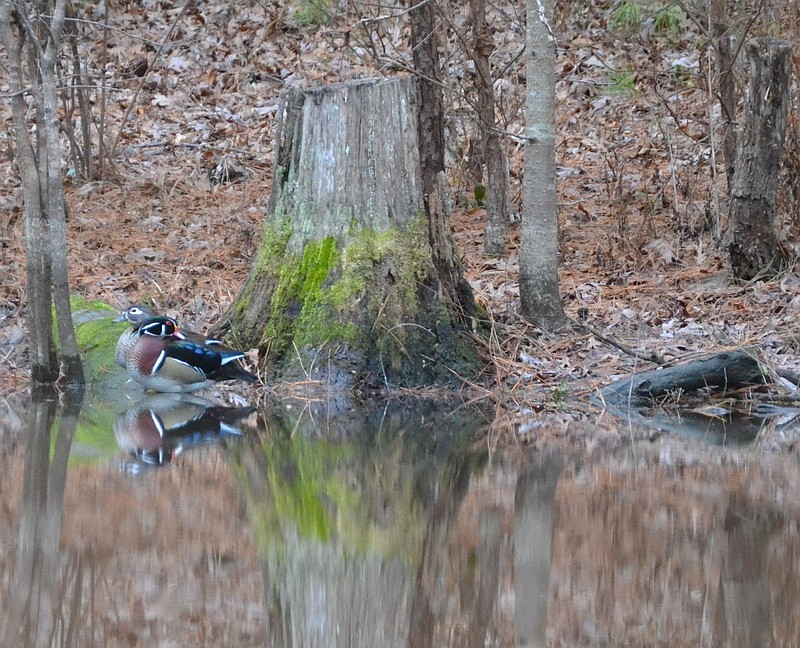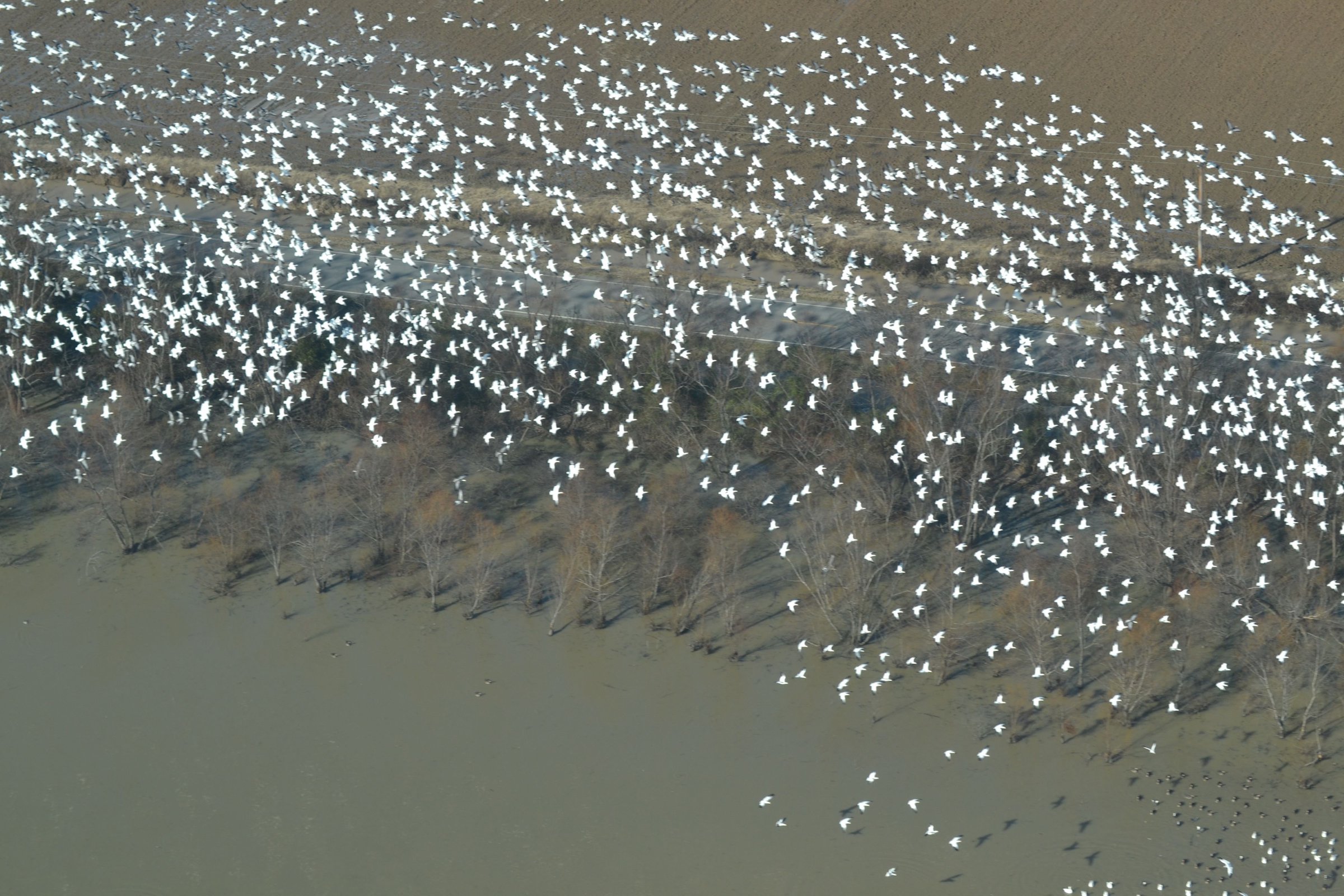With the 2021-22 Arkansas duck season underway, the Arkansas Game and Fish Commission has released the results of the midwinter aerial waterfowl survey.
The latest flyover revealed encouraging numbers of ducks throughout the state.
"Biologists conducting transect-based surveys in the Delta estimated 961,247 total ducks, 617,459 of which were mallards and 18,653 ducks in the Arkansas River Valley, including 12,650 mallards," according to the report. "Biologists conducting cruise surveys in southwest-Arkansas reported an estimated 9,104 ducks with 4,597 mallards. Arctic geese population estimates totaled 796,771 snow and Ross geese and 335,849 greater white-fronted geese in the Delta."
The Delta mallard population estimate nearly doubles the December estimate and is about 160,000 greater than the 2021 midwinter figures.
"It is the fourth lowest midwinter estimate since formal survey began in the 2009-10 wintering period and approximately 200,000 fewer than the 2010-2020 long-term midwinter average of 810,000. The total duck population estimate is also slightly less than the long-term average of about 1.2 million. Mallards accounted for the highest proportion (64 percent) of all ducks since 2018 when it was 85 percent. From 2010-2022, mallards accounted for an average of 67 percent of all ducks so this year's proportion is close to average," according to the report.
Arkansas Game and Fish Commission Chief Waterfowl Biologist Luke Naylor shared his perspective on the 2021-22 waterfowl season in Arkansas.
"With a really dry fall, our December count was down because there was so little water on the over-all landscape. With the rain that came during the first full week of January we saw a big bump in mallard numbers showing up. Many of our famous duck hunting river systems are flooding, which leads to both good and bad for hunters," Naylor said.
He explained how people who previously had the only water in artificially flooded fields are now seeing fewer ducks because birds have other wetlands habitat available that wasn't there before recent rains.
"Ducks have definitely shifted where they are using since we've seen more sheet water on the landscape," he said, adding that another complete aerial waterfowl survey was scheduled this week.
Naylor also addressed Jefferson County's Bayou Meto Wildlife Management Area.
"Hunting had been mostly limited to the Lower Vallier area before the January rains. Now water has pretty much spread out everywhere. It shot right past the 179 mean sea level we are managing for this season all the way up to 179.8. It should be on the fall over the next couple of weeks," he said.
Outside of Bayou Meto, he said he was already seeing it dry up on a lot of the fields that had surface water right after the rains early this year.
A Ducks Unlimited survey crew is currently conducting a complete topographical land survey of the 35,000 plus acres of green tree reservoir in the Bayou Meto Wildlife Management Area.
"That is an early step in the overall green timber reservoir assessment work we are undertaking," Naylor said. "We have concepts of how to go about restoration, but before we can do detail design drawings, we have to have accurate contractor-conducted topographical surveys. We're gathering information to turn our conceptual ideas into construction projects."
"I'm optimistic the water will hold on most public duck hunting lands for the rest of this season," he said.


